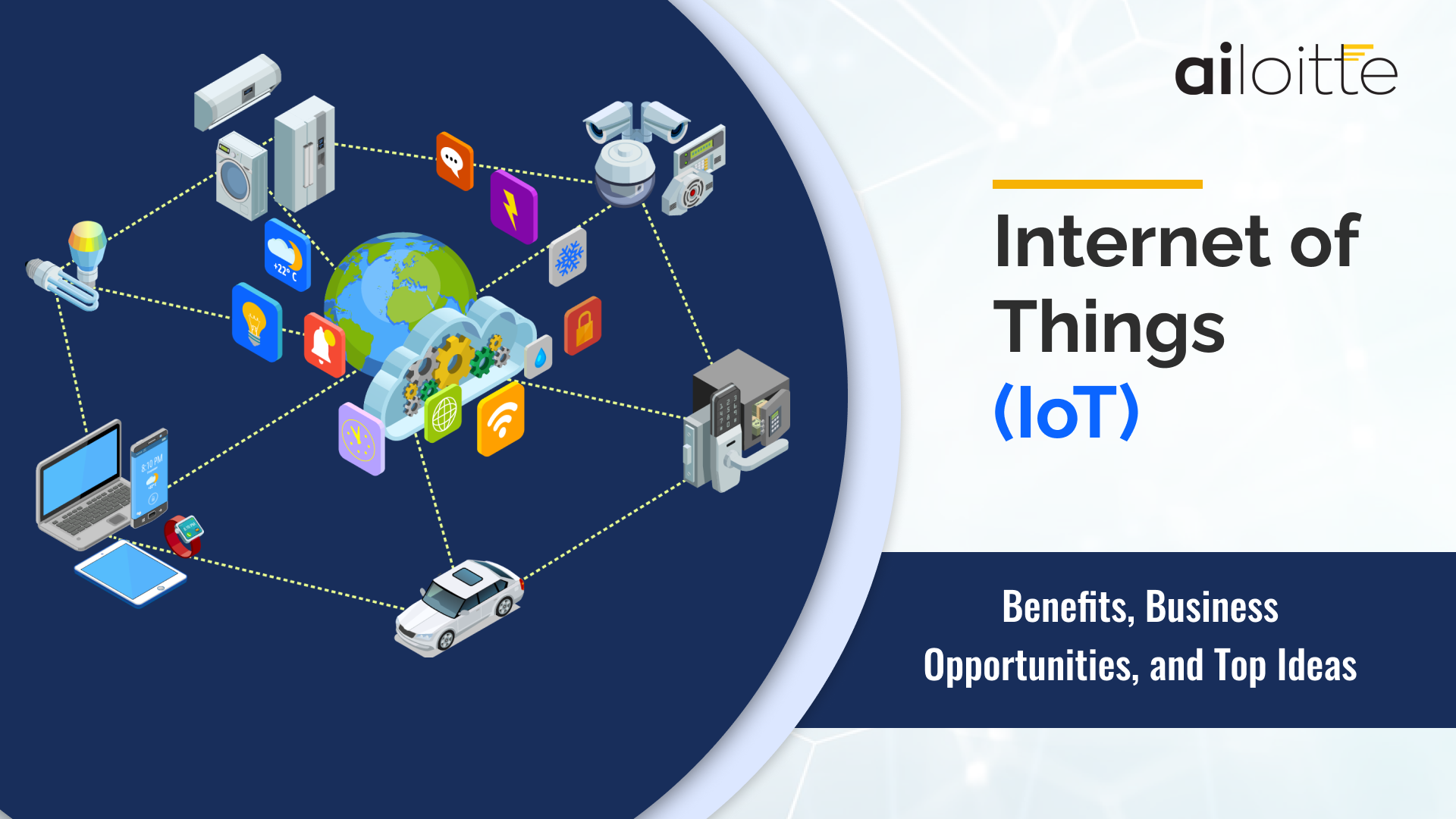
In the realm of technological innovation, augmented reality (AR) emerges as a captivating and transformative concept, reshaping how we perceive and interact with the world around us.
Understanding Augmented Reality
Augmented reality, often abbreviated as AR, integrates digital information or virtual elements into the real environment, enhancing the user’s experience. This technology overlays computer-generated content onto the physical world, altering perception by blending both seamlessly.

The Evolution of AR
AR’s inception traces back decades, evolving from rudimentary experiments to cutting-edge applications. With advancements in computing power, AR has transcended boundaries, making its way into diverse sectors like gaming, education, healthcare, retail, and beyond.
Key Components of AR

Hardware
Central to the AR experience is the hardware, encompassing devices like smartphones, tablets, smart glasses, and specialized headsets. These tools serve as conduits, bridging the digital and physical realms.
Software
Sophisticated software forms the backbone of AR, enabling the rendering and integration of virtual content. AI-driven algorithms and precise tracking mechanisms ensure a seamless blend between reality and augmentation.
Applications
From entertainment to education, AR’s applications span a broad spectrum. Gaming experiences like Pokémon GO and educational tools offering immersive learning illustrate its versatility.
Impact Across Industries
Retail and E-commerce
In the retail landscape, AR revolutionizes the shopping experience, allowing consumers to visualize products in their environment before purchase. Virtual try-ons and interactive displays enhance engagement and decision-making.
Healthcare
AR finds profound utility in healthcare, aiding in surgeries, training simulations, and even patient education. Its ability to superimpose vital information onto a surgeon’s field of view enhances precision and reduces risks.
Education and Training

AR’s immersive capabilities redefine learning by providing interactive experiences. From virtual field trips to simulated experiments, it enhances comprehension and retention among students. The surge in AR’s popularity opens avenues for businesses to leverage this technology for SEO purposes. Integrating AR content into websites or apps can significantly enhance user engagement, dwell time, and ultimately, search engine rankings. In conclusion, augmented reality stands as a transformative force reshaping multiple industries and user experiences. As technology continues to advance, the potential for AR’s integration into daily life seems limitless, promising a future where the line between the physical and digital worlds blurs seamlessly. With an ever-expanding array of possibilities, augmented reality surges forward, reshaping industries and experiences alike. Its fusion of the digital and physical realms marks the dawn of an era where innovation knows no bounds.





